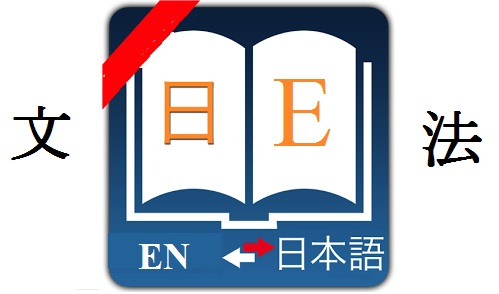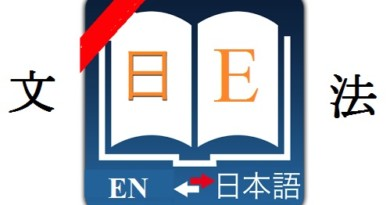Japanese あげくのはてには grammar agekunohateniha
Let’s learn Japanese あげくのはてには grammar agekunohateniha:
Formation :
Vた+あげくのはてに(は)
Meaning and how to use :
Expressing meaning “due to a certain process or state that has lasted and reached a climax, a thing has occurred”. This structure is often used in a bad state.
Examples:
怒ったあげくのはてには、社長は事情を何も分からない社員をたくさん辞めさせました。
Okotta ageku no wa teniha, shachou wa jijou wo nani mo wakaranai shain wo takusan yame sasemashita.
Due to the anger, the president fired many employees who didn’t know anything about the situation.
仕事がかさって、疲れたあげくのはてに、彼女が死んでしまいました。
Shigoto ga kasatte, tsukareta ageku no hate ni, kanojo ga shinde shimaimashita.
Because she had so many works and she could not stand the fatigue, she died.
仕事の圧力を我慢しなくなったあげくのはてに、あの人は辞職した。
Shigoto no atsuryoku wo gaman shinaku natta ageku no hate ni, ano hito wa jishoku shita.
Because he could not stand the pressure of work, he resigned.
あげくのはてに、彼女は財産をなくなった。
Ageku no hate ni, kanojo wa zaisan wo nakunatta.
In the end, she lost all her possessions.
あげくのはてに、私の負けだ。
Ageku no hate ni, watashi no makeda.
In the end, I lost.
Above is Japanese あげくのはてに(は) grammar agekunohateni (ha). If you don’t understand the signs we used in formation, you can find their meaning here : signs used in Japanese grammar structures.
You can search the structure you want by using the search tool on our website (using key : grammar + ‘structure name’ or you can find more Japanese grammar structures in the following category : Japanese grammar dictionary
